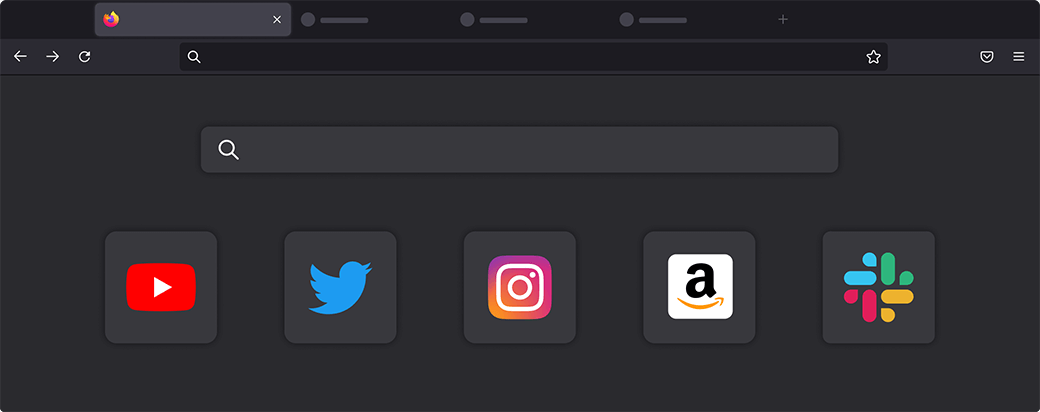

Possible problems while uninstalling/reinstalling or updating Firefox This will remove Firefox and its dependencies which are not required by any other installed package. To remove Firefox from Arch Linux type the following command in the terminal: The process of installing specific version of Firefox is the same as in other distributions mentioned above.
Firefox updates install#
This will install latest stable version of Firefox, which was 59.0.2 at the time of writing this article. To install Firefox using pacman you must open terminal and run the following command: sudo pacman –S firefox Pacman is the default package management system for Arch Linux. Assuming your system already have snap installed, type: snap install firefox Install Firefox using pacman To remove Firefox which was installed via yum type: yum remove firefox Install Firefox using snapįirefox is now available on snap store. In this case there is no need to create symlink again. To do this just remove the folder where firefox has been extracted and install newer version in the same directory. Updating firefox can be done either from browser itself or by reinstalling manually a newer version. To be able to open Firefox from anywhere just by typing “firefox”, you need to create symlink: sudo ln -s /home/linoxide/firefox/firefox /usr/bin/firefox Now you can open Firefox by typing in the terminal: ~./firefox/firefox
Firefox updates archive#
Modify 59.0.2 if you want to download another version.Įxtract the downloaded archive tar xjf firefox-59.0.2.tar.bz2 At the time of writing this article latest stable release of Firefox was 59.0.2.ĭownload tar.bz2 file of the latest version from Mozilla’s website. If you want to install latest version of Firefox, you need to do it manually as described in apt section above. This command will install Firefox 52.7.2. To install Firefox using yum, you can type the following command in the terminal: yum install firefox Yum syntax is very simple and apt users shouldn’t face any problem using it. If the Linux distribution you are using is RedHat based (Fedora 21 and below, or CentOS) then your default dependency resolver for the underlying package manager is YUM. In order to remove the specific version of Firefox which was installed manually, you can simply delete the folder in which Firefox files have been extracted. To remove the firefox package and all its dependant packages, sudo apt-get purge firefox To remove firefox-esr, type: sudo apt-get remove firefox-esr To uninstall Firefox which was installed using apt, make sure Firefox is closed and then type the following command in the terminal: sudo apt remove firefox This one will try to install firefox and will do nothing if you are already using the latest version.
Firefox updates update#
Which will update all packages or sudo apt-get install firefox To update Firefox on your Debian based system, type the following commands in the terminal: sudo apt-get update Thus, you can have as many versions as you wish.

Manually installed Firefox will work as well as the default one (if you have one). Also don’t forget to turn off automatic updates for this version of Firefox, otherwise it will be updated to the latest one. You can create icon on your Desktop which will open this file for more convenience.

Where instead of * you must type the version you’ve downloaded Once file is downloaded, extract it using the following command: tar xjf firefox-*.tar.bz2 Downloaded file will have tar.bz2 extension. If you want to install a specific version of Firefox, you need to download it from Mozilla website (open this link, choose version, OS and language). On Debian 10, type: sudo apt-get install firefox-esr To install the latest version using apt-get, type: sudo apt-get install firefox If you are using a Debian based system such as Ubuntu 16.04/18.04/20.04, you need to use apt to install packages. We will also discuss what kind of problems we can get during the mentioned processes.ĭepending on type of Linux distribution we use the process of installation Firefox in Linux is different: Install Firefox using apt-get In this article, we are going to cover topics like Firefox installation, uninstall, and update. Firefox is the most popular web browser among Linux users.


 0 kommentar(er)
0 kommentar(er)
